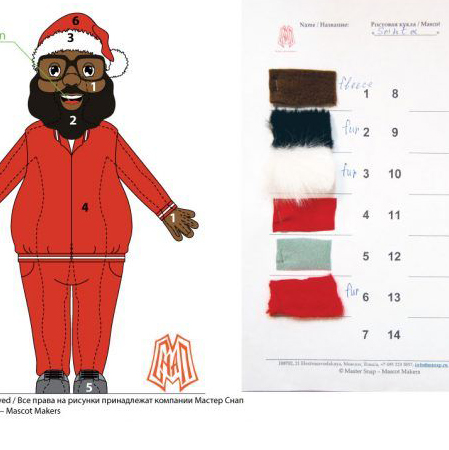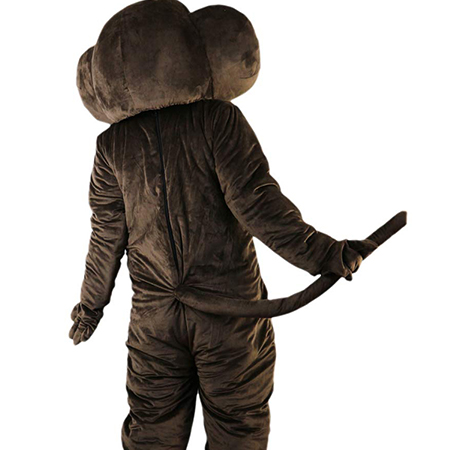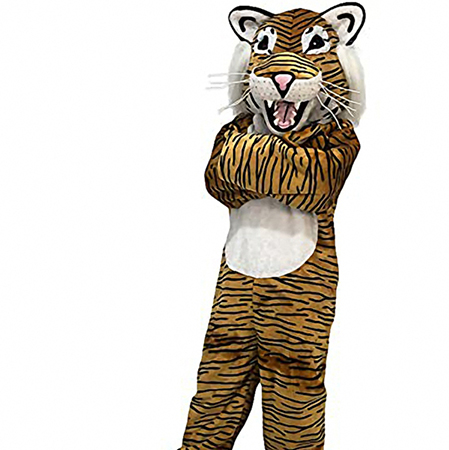The evolution of mascot costumes has seen tremendous changes over the years, transforming from simple representations into complex, technologically advanced performances. This article delves into the fascinating journey of lion mascot costumes, contrasting traditional designs with modern innovations.
One of the earliest forms of mascot costumes was crafted from basic materials like fabric and papier-mâché. These early lion mascots were rudimentary in design, often featuring stiffened fabric claws and tails made from broomstick handles or similar household items. The primary focus was on visibility and simplicity, ensuring that the performer could see and breathe easily while maintaining the character’s identity.

In contrast, modern lion mascot costumes are marvels of contemporary engineering and design. Today’s costumers utilize a blend of high-tech materials such as lightweight foams, advanced padding for comfort, and durable fabrics designed to withstand rigorous performance conditions. These materials allow for more dynamic and flexible movements, enabling mascots to engage in more elaborate routines and interact more freely with audiences.
Technological advancements have significantly influenced the transformation of mascot costumes. Built-in fans and cooling systems have become standard features in many modern mascot outfits, providing much-needed ventilation and temperature control during long events. Additionally, LED lights and digital displays are now integrated into costumes, enhancing visual appeal and allowing for interactive performances that were previously unimaginable.

Another key difference between traditional and modern mascot costumes lies in customization and personalization. While earlier lion mascots followed a one-size-fits-all approach, today’s costumers often work closely with teams and organizations to create bespoke designs that reflect specific branding elements and unique characteristics. This customization ensures that each mascot is not only a symbol but also a distinctive ambassador for its respective group.
The performers themselves experience a marked improvement in comfort and functionality when transitioning from traditional to modern costumes. Advanced ergonomic designs reduce strain on the body, allowing for extended wear without discomfort. Features such as adjustable straps, improved ventilation, and cushioned interiors contribute to a more pleasant wearing experience. Moreover, modern costumes often come equipped with quick-release mechanisms, facilitating easier doffing and donning during performances and breaks.

From a financial perspective, the cost of creating and maintaining modern mascot costumes has risen significantly compared to their traditional counterparts. The incorporation of sophisticated technology, high-quality materials, and intricate design processes necessitates a higher investment. However, this expense is often justified by the enhanced performance capabilities and longevity of these costumes offer. Organizations recognize that a well-made mascot can become an enduring symbol, fostering stronger connections with fans and boosting overall engagement.
The role of mascot costumes in entertainment and sports has evolved alongside their physical transformation. Traditional mascots were primarily static figures, present mainly to add a visual flair to games and events. In contrast, modern mascots are integral performers, often involved in choreographed routines, promotional activities, and even social media campaigns. Their interactions extend beyond live events, engaging with fans through various digital platforms and creating a more rounded entertainment experience.

In conclusion, the journey of mascot costumes from their traditional roots to modern innovations reflects broader advances in technology, materials science, and performance arts. Lion mascots, once simple representations crafted from basic materials, have transformed into sophisticated symbols of intricate craftsmanship and cutting-edge technology. This evolution underscores the growing importance of mascots in fostering community spirit and enhancing the overall entertainment value of events.
